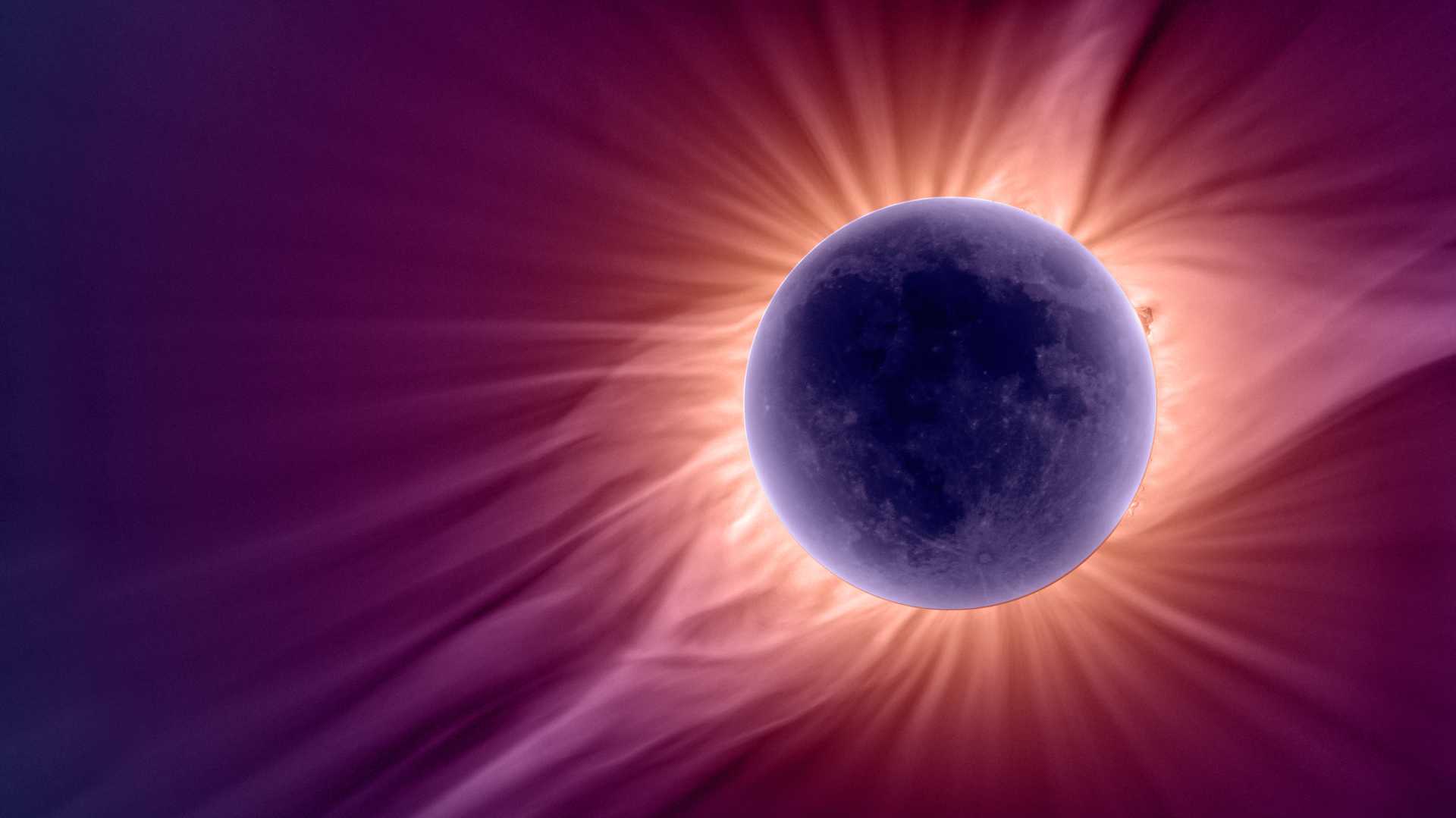News
NASA Unveils Groundbreaking Insights from 2024 Total Solar Eclipse

The total solar eclipse of April 8, 2024, has yielded significant new insights into the interactions between the Sun and Earth’s atmosphere, thanks to extensive research and citizen science projects backed by NASA. Presentations at the American Geophysical Union’s annual meeting on December 10 highlighted the findings from various initiatives.
The Citizen CATE 2024 project, involving 35 observation teams across North America, collected over 47,000 polarized images of the Sun’s corona during the eclipse. These images will be crucial for investigating structural shifts in the corona, a key aspect of understanding the Sun’s impact on Earth’s atmosphere. Sarah Kovac from the Southwest Research Institute showcased a preliminary movie from these observations, emphasizing the successful collaboration between scientific methods and community involvement.
NASA’s WB-57 aircraft, equipped with advanced imaging and spectrometry tools, also played a pivotal role by flying within the Moon’s shadow during the eclipse. Despite some technical issues with vibrations affecting the images, the instruments led by Shadia Habbal from the University of Hawaii successfully captured valuable data. Future experiments are being planned using similar aerial platforms.
Amateur radio operators contributed to the HamSCI Festivals of Eclipse Ionospheric Science by exchanging signals during the eclipse. The data collected, totaling over 52 million data points, revealed changes in radio communication efficiency, with improved performance at lower frequencies and decreased efficiency at higher frequencies. Professor Nathaniel Frissell from the University of Scranton credited the operators’ participation for enabling this research.
The Nationwide Eclipse Ballooning Project, involving over 800 students in launching sensor-equipped balloons, measured atmospheric effects during the eclipse. The study confirmed the presence of atmospheric gravity waves and disturbances triggered during totality, aligning with findings from prior eclipses. Angela Des Jardins of Montana State University noted the critical role of student contributions in these findings.
These early observations are expected to deepen our understanding of solar impacts on Earth’s systems. Detailed analyses are anticipated in the coming months, promising to shed more light on the complex dynamics at play during solar eclipses. As researchers continue to study the data collected, we can expect a more comprehensive understanding of the Sun’s impact on our planet.












